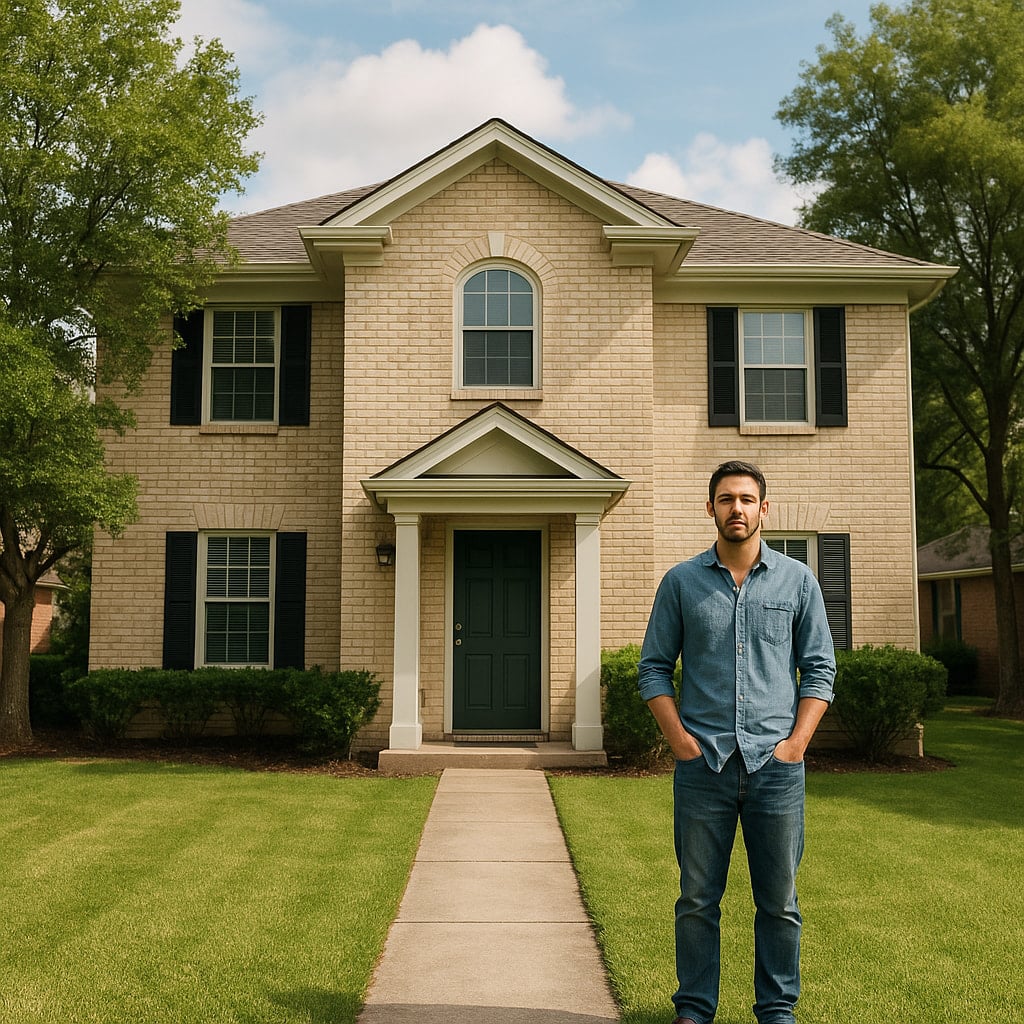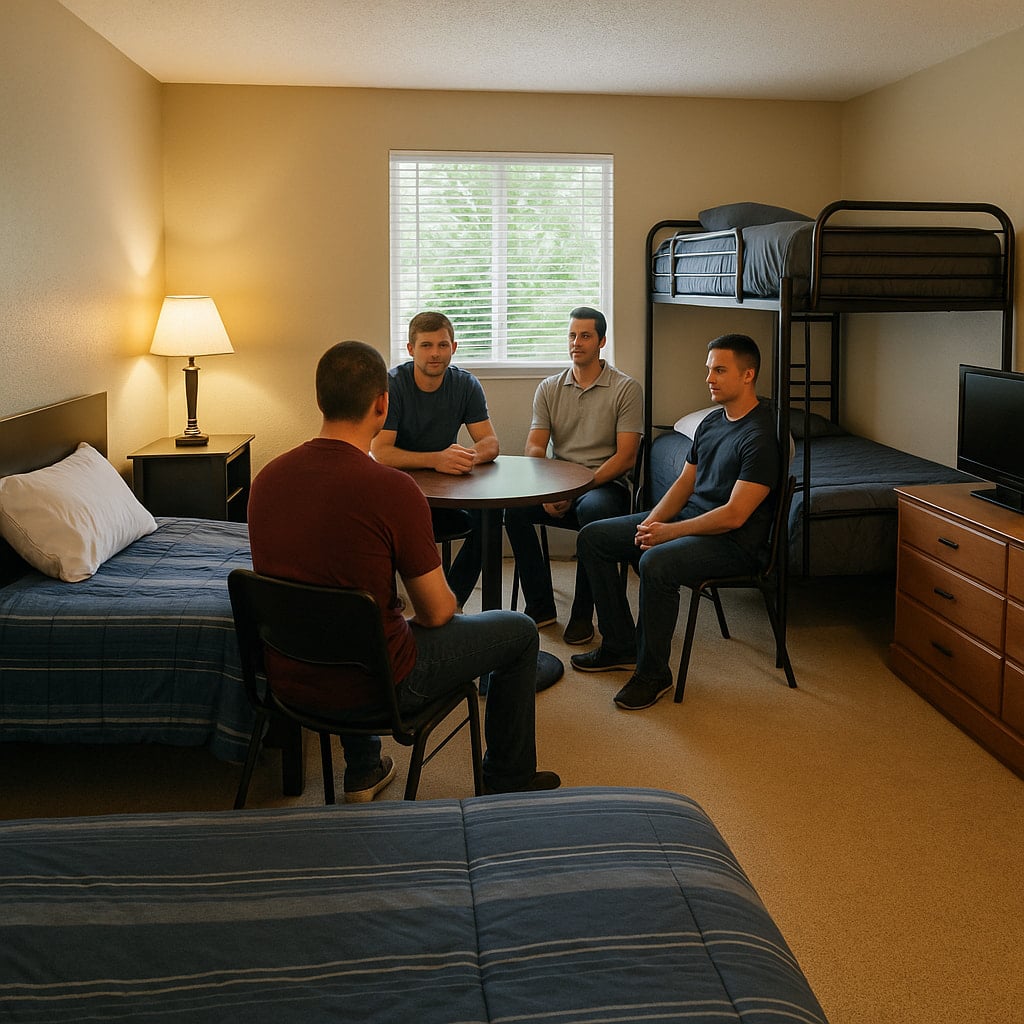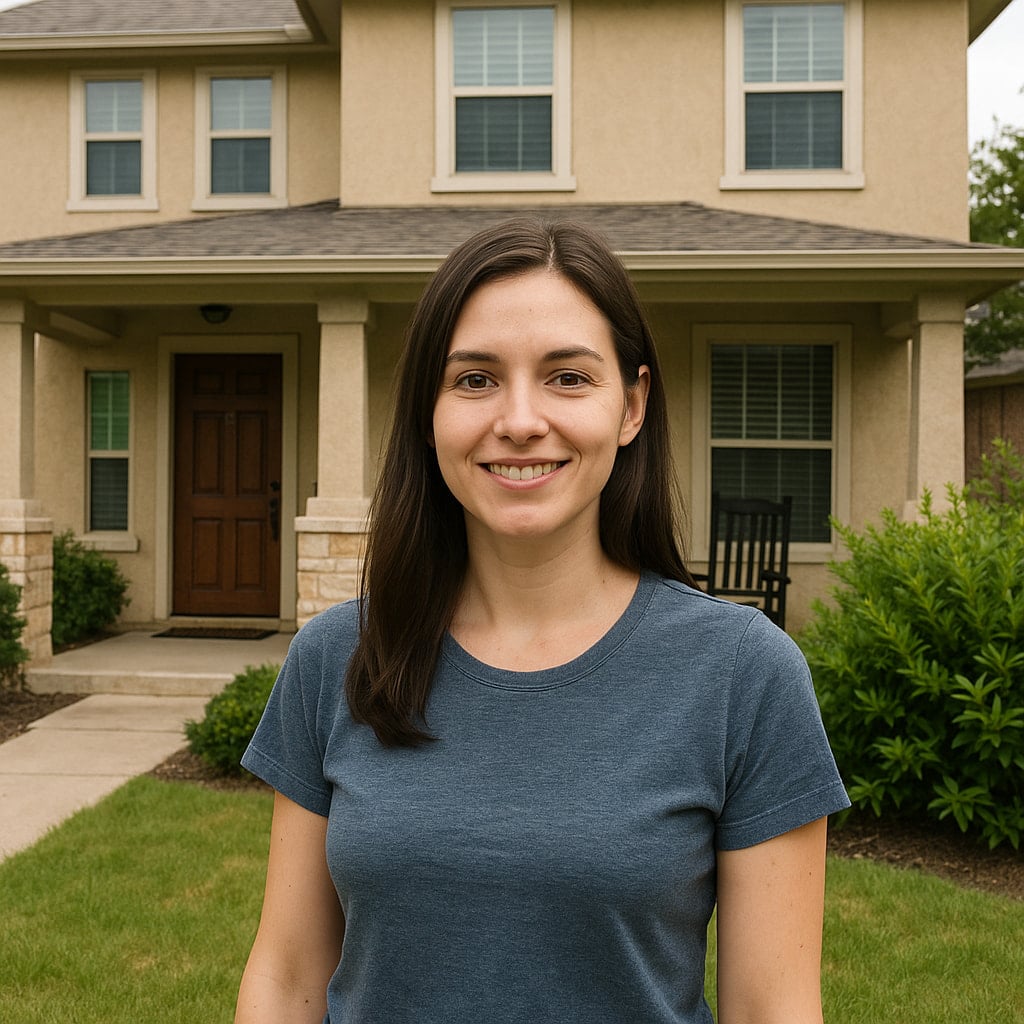
Family‑Friendly Sober Living in Colorado Springs for Women with Children
Choosing the right next step after treatment determines whether early gains stick. In a city as large as Houston, men sober living in Houston can provide structure, accountability, and peer support without overwhelming costs. If you’re searching for free sober living Houston, know that scholarships, shared‑expense models, and employment help can reduce out‑of‑pocket costs while you stabilize. The goal is simple: a safe, sober home that supports work or school and connects you to treatment, meetings, and daily routines.














